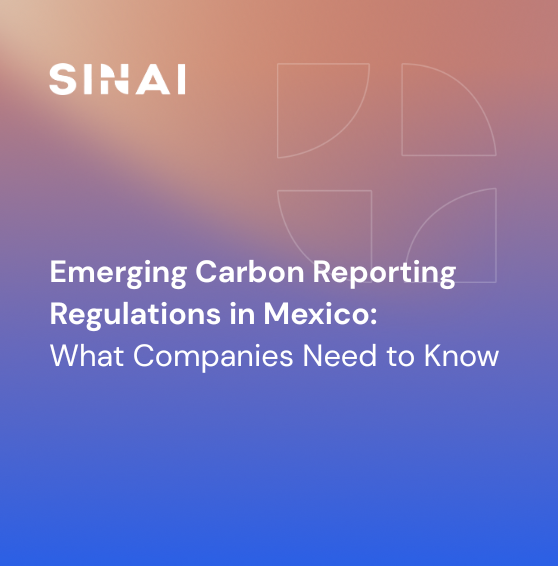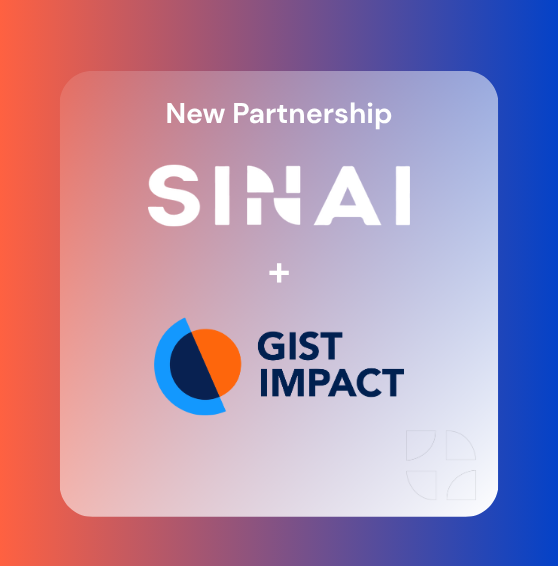
The Sectoral Decarbonization Approach For Emissions Intensive Industries
At any given time, the world is exposed to a range of perspectives of what a global low-carbon transition should encompass. Companies are looking to play their part in mitigating climate change and lowering their carbon emissions. But they need to make decisions based on credible sources and analyses that focus specifically on the goal of achieving net zero. While at the same time, aligning with current social, economic, and technical realities.
The sectoral decarbonization approach is a science-backed method for setting corporate CO2 emissions reduction targets. Corporations across industries can use this approach to make informed and strategic choices. The approach is used by a spectrum of investors, including Climate Action 100+. Investors can gauge whether or not businesses are in line with the goals of the Paris Agreement.
In this article, we take a closer look at what the sectoral decarbonization approach is, the pathways it encompasses, and how carbon-intensive sectors can use this scientifically-informed method.
What is the Sectoral Decarbonization Approach?
The sectoral decarbonization approach (SDA), is a scientifically-informed method for companies to set greenhouse gas (GHG) emission reduction targets. It helps to ensure that these targets are set in line with the latest in climate science.
The global scientific community has issued numerous warnings regarding the world’s high emission levels. These levels are endangering our ability to limit global warming to a temperature increase of 2°C above preindustrial levels. Apart from governments, corporate businesses are also taking steps to align their emission reduction goals with the 2°C warming in mind.

The SDA method is based on the 2°C scenario, a highly detailed scenario outlined in the International Energy Agency’s 2014 report. The report’s budgets are consistent with the representative concentration pathway 2.6 (RCP2.6) scenario detailed in the IPCC’s Fifth Assessment Report. This offers the highest likelihood (approximately 66%) of remaining within global target temperatures of lower than 2°C by 2100.
The International Energy Agency’s 2°C scenario provides an overall carbon budget estimate of 1,055 GtCO2 up to the year 2050. The SDA sets itself apart from other methods with its subsector-level approach and international least-cost mitigation perspective. The results of the sectoral decarbonization approach are founded on cost data and mitigation strategies from the IEA TIMES model 2°C scenario.
The SDA meets stakeholders’ needs for an in-depth, credible framework for analyzing corporate climate change performances. The approach is renowned among investors as an expert translation of scenarios laid out by the IEA. It turns these different scenarios into functional performance benchmarks for businesses and industries. The analysis shapes investment decisions across a vast range of high-emission sectors.
The TPI Sectoral Decarbonization Pathways
The Transition Pathway Initiative (TPI) has detailed its primary sectoral decarbonization pathways in its 2022 report, TPI Sectoral Decarbonization Pathways. These pathways illustrate how emissions are measured and quantified by the sectoral decarbonization approach.
Energy
In terms of electricity SDA metrics, emissions from owned electricity generation facilities are measured in tonnes of CO2 equivalent per megawatt-hour. The primary source of emissions from the power sector is generation. In some cases, the electricity utility engages in activities over and above power generation, such as the distribution of natural gases. In this instance, only generation emissions are required for the decarbonization assessment. The report notes that emissions of greenhouse gases other than CO2 are usually negligible.
The SDA method focuses on the intensity of emissions of owned electricity generation entities. This excludes any power that the utility purchases and resells to consumers. The benchmarks also exclude heat generation when calculating emissions reduction strategies.
Transportation
Transportation within the context of the TPI report refers to a business’ use of automobiles, airlines, and shipping during its course of operations. All of these methods fall under the Scope 1 emissions category. Key Sectoral Carbon Performance measures in transportation include:
- new vehicle carbon emissions per kilometer for automobiles
- carbon emissions per revenue tonne-kilometer for airlines
- carbon emissions per tonne-kilometer for shipping
The benchmarks for vehicle emissions consider a newly sold passenger vehicle fleet instead of a business’ entire fleet of used vehicles. This is to simplify the integration of corporate targets that focus on the emission intensity or fuel efficiency of newly sold automobiles. Emission intensities are measured on a per-kilometer base according to the New European Driving Cycle.
Aviation emissions intensity is measured by tank-to-wheel CO2 emissions from standard jet fuel in grams of CO2 per revenue ton kilometer, or RTK. TPI’s benchmarks also include freight and passenger air travel in RTK, assuming an industry-standard factor of 95kg per passenger. Shipping emissions intensity is measured by tank-to-wheel (TTW) CO2 emissions in grams per ton kilometer. This is a standard metric of transport activity. It describes the total number of tons transported multiplied by the distance for which they are transported.
Industrials and Materials
Sectoral decarbonization pathways focus on the following sectors within the industrial sector:
- Cement
- Steel
- Aluminum
- Diversified mining
- Paper and pulp
The emissions intensity of cement is measured by specific net greenhouse gas emissions per unit of cementitious product. Cementitious products include all clinker produced by a company for the purposes of manufacturing cement. It also includes clinker sale, clinker substitutes, cement substitutes, limestone, gypsum, and cement kiln dust.
SDA uses the Scope 1 and 2 greenhouse gas emissions measures from primary and secondary steel-making in metric tons of CO₂ equivalent per ton of crude steel produced. The sector’s SDA benchmarks do not include finished products, such as stainless steel, largely due to data constraints. The same measures of emissions intensity are applied to aluminum.
In the diversified mining fields, emissions intensity measures include Scope 1, 2, and 3. The benchmark denominator includes three broad groups of products sold by mining companies:
- energy commodities (oil, gas and coal)
- ores of key metals (iron ore and bauxite)
- other minerals (copper, nickel, gold, and 14 others)
The SDA benchmarks for pulp and paper global production of externally sold pulp, paper, and paper board. They are measured in tons of CO₂ equivalent per ton of pulp, paper and paper board sold.
The Takeaway
The sectoral decarbonization approach is a highly regarded method of mitigating corporate emissions and aligning them with global net-zero goals.
SINAI Technologies’ own digital decarbonization platform boasts expert enterprise software. Our software can be used to measure, analyze, price, and reduce emissions at both corporate and sector-wide levels. Develop your climate positive strategy using our solutions for all major industries.

%20(7).png)









